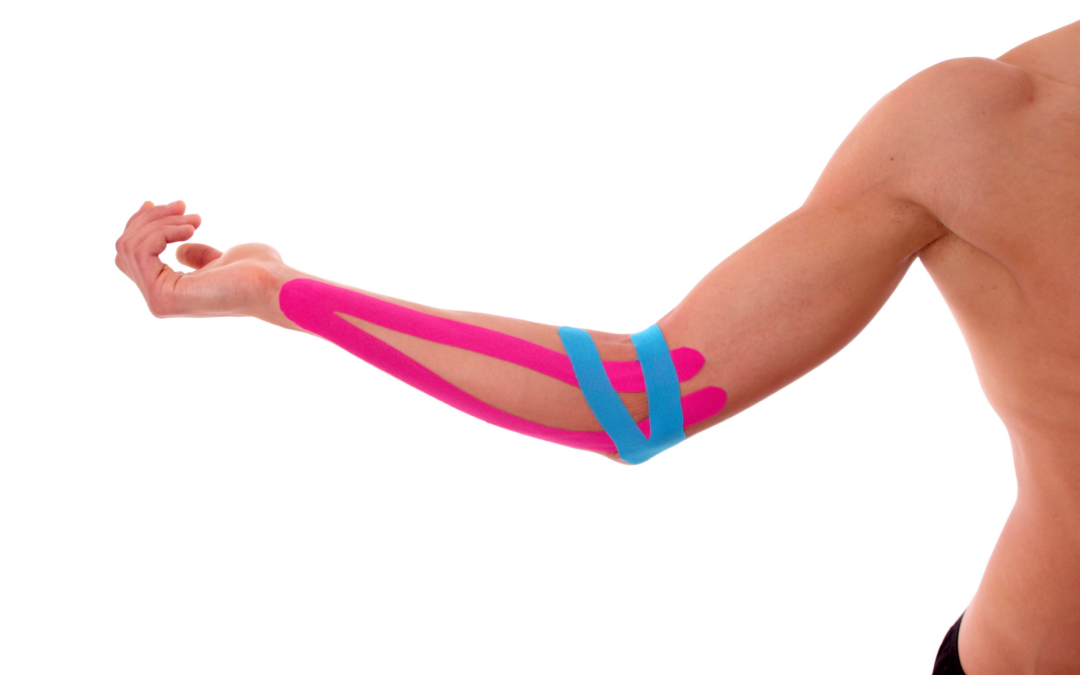Many people develop “tennis elbow” due to repetitive strain or stress on the elbow. Tennis elbow, also called lateral epicondylitis, is a common ailment among athletes and patients that perform activities requiring repetitive elbow movement, lifting heavy loads, or using hand tools. The condition may cause elbow pain and stiffness that worsens with wrist extension and gripping.
Patients are regularly treated through over-the-counter anti-inflammatory medications, application of cold packs, exercise therapy, and braces. Unfortunately, tendons have a rather poor blood supply causing a prolonged healing period. Platelet-rich plasma (PRP) therapy has emerged as a very popular, effective treatment for tennis elbow.
What is PRP Therapy?
Platelet-rich plasma (PRP) therapy is a safe, unique, and effective procedure used to treat musculoskeletal injuries. PRP involves injecting a high concentration of the patient’s own platelets to accelerate the healing of injured muscles, joints, tendons, and ligaments.
The plasma is separated from other blood cells in a centrifuge and injected into the patient’s injured tissues. The injection is done using ultrasound imaging guidance.
PRP Therapy as a Tennis Elbow Treatment
Elbow tendonitis conventional treatments may not be effective. Platelet-rich plasma (PRP) injections speed up the healing process and have become one of the most successful treatments for tennis elbow.
PRP therapy boosts the patient’s natural healing process to repair injured tissue. There are proteins, also known as growth factors, found in platelet-rich plasma that assist in the healing of the elbow tendons. PRP stimulates the release of anti-inflammatory growth factors and promotes collagen synthesis. According to research, tennis elbow patients who got PRP therapy improved by 71 percent in up to 24 weeks, compared to 56 percent in the control group. In addition, PRP has a reduced chance of side effects because it comes from the patient’s blood.
Recovery Time after PRP for Tennis Elbow pain
PRP-treated patients should expect some pain relief after 3-4 weeks and anticipate major improvements at 6-12 weeks. The patient’s healing rate may differ depending on the severity and duration of the condition. A study suggests that PRP was associated with more improvement in pain intensity and function in the long term compared to corticosteroid shots.
Why Choose PRP Therapy?
Platelet-rich-plasma therapy is now a popular regenerative injection that is effective in healing tennis elbow. PRP treatment for lateral epicondylitis has various benefits. PRP therapy is a convenient, quick, in-office process that offers long-term relief for tennis elbow pain. In addition, PRP treatment uses your own blood, so there is no risk of allergic or immune reaction, and no non-natural substance is introduced into your body.
Bottom Line
PRP injections stimulate the release of anti-inflammatory growth factors that boosts tendon regeneration. In addition, PRP therapy promotes collagen synthesis, which plays a major role in healing the damaged tendon.
PRP therapy is a game-changer in the medical field used to address musculoskeletal pain without opting for surgery. PRP therapy is a viable treatment for your tennis elbow condition. Please fill out the form below to contact our team.
